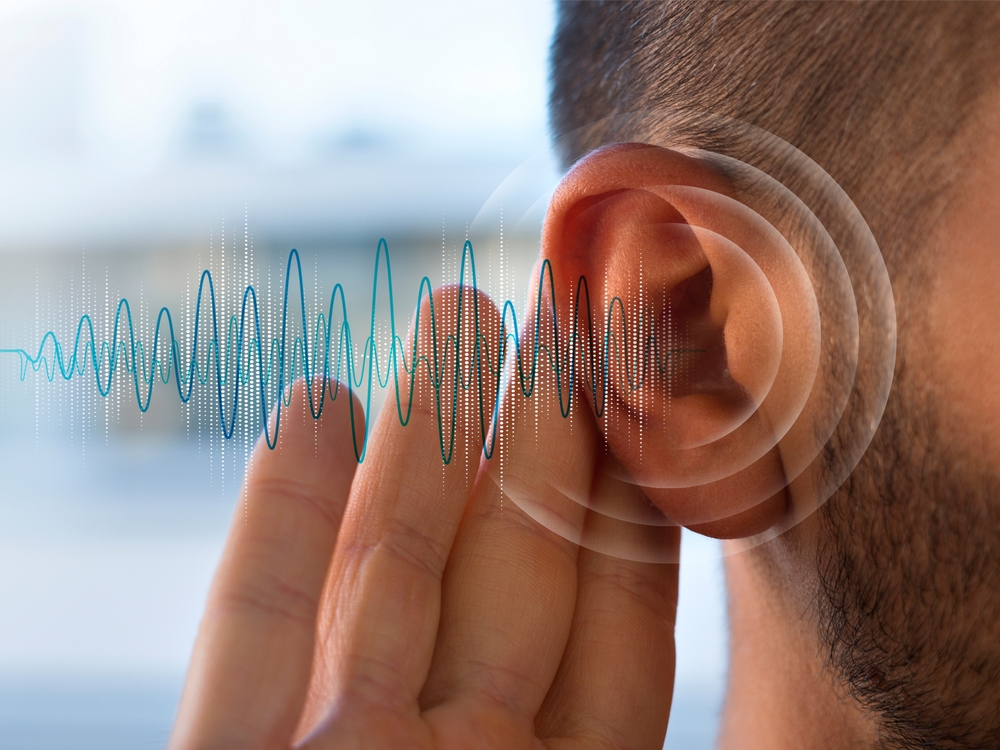
In the hustle and bustle of everyday life, our ears often shoulder the burden of neglect and accidental harm. There are a few common but dangerous practices, including utilizing cotton swabs and ear candling, that will put your hearing health at risk. What follows are a few strategies you can use to help safeguard the health of your hearing.
Bid farewell to ear candling
Ear candling, an ancient technique supposed to draw out earwax and improve ear health, has gained popularity despite lacking scientific merit. The process involves inserting a hollow candle inside of the ear canal and lighting the opposite end, with the belief that a vacuum is created, pulling out impurities. This practice, however, has been proven in several studies to not only be ineffective, but also extremely risky.
Not only does ear candling fail to remove earwax efficiently, but it also poses substantial risks. The application of heat near the sensitive structures of the ear can result in burns, perforated eardrums, and even aggravate existing issues. Normally, if you see any wax after ear candling, it will be from the candle itself rather than your ears.
In light of these findings, medical experts always warn against the use of ear candling. Both the Food and Drug Administration (FDA) and the American Academy of Otolaryngology (AAO) warn against this practice, emphasizing safer options for ear hygiene.
Get rid of the cotton swabs
It’s true that many individuals turn to these seemingly innocuous tools to clean earwax out of their ears. But there are more risks than advantages to inserting a cotton swab into your ear canal. Impaction and potential injury can be the result of using cotton swabs rather than actually cleaning out earwax.
The sensitive nature of the eardrum makes it susceptible to damage from foreign objects, including cotton swabs. Pain, infection, and hearing loss can all be the outcomes of perforations or abrasions of the eardrum. It would be better to seek professional assistance if necessary or otherwise depend on your ear’s self-cleaning ability instead of putting any object in the ear.
Mind the volume: safeguard against loud noise
It’s a noisy world we live in and our ears are continuously being assaulted by sounds of all different volume levels. From bustling city streets to leisure activities such as concerts and sporting events, exposure to loud noise is unavoidable. Nonetheless, sustained or excessive exposure can have harmful effects on auditory health, resulting in noise-induced hearing loss or tinnitus.
To minimize the threat of hearing damage, it is critical to be aware of sound levels and take proactive measures to protect your ears. Whenever you can’t avoid extremely loud noise, protection such as earplugs and earmuffs should be utilized.
Also, take regular breaks and moderate the volume when you’re using personal listening devices such as headphones and earpods.
If you observe any symptoms, act quickly
Perhaps the most critical aspect of preserving optimal hearing health is being attentive to the signals your ears give you and taking prompt action in response to any concerning symptoms. If you wait to get your hearing loss treated you will most likely worsen the issue.
If you have symptoms like ringing in the ears, difficulty understanding speech, or pain or pressure in your ears, it’s essential that you acknowledge it. If any of these symptoms are encountered, seek evaluation from a qualified hearing specialist or otolaryngologist (ear, nose, and throat specialist) promptly. Early detection and intervention can substantially improve outcomes and improve your quality of life.
In conclusion, the health and well-being of our ears are vital in navigating the sensory landscape of our lives. We can preserve our healthy hearing by avoiding cotton swabs and ear candles, safeguarding our ears against loud noise, and identifying early warning signs.
Call us immediately for an evaluation if you are suffering from ear damage or hearing loss.